A once-every-sixty-years pattern returns in 2026 as the Fire Horse takes the lunar stage, reviving old debates about whether “luck” is folklore or a measurable force riding the rhythms of the sky. Billions will mark the new year not only with fireworks but with forecasts, wondering which signs ride the tailwind – and which should steer carefully. Scientists will not validate fortune-telling, yet they do track how belief shapes choices, markets, and even health behaviors. That tension – between cultural tradition and empirical inquiry – makes 2026 a revealing case study. As the calendar flips on February 17, 2026, the question isn’t whether the stars decide your fate, but how traditions tied to the stars can nudge what people do next.
The Hidden Clues
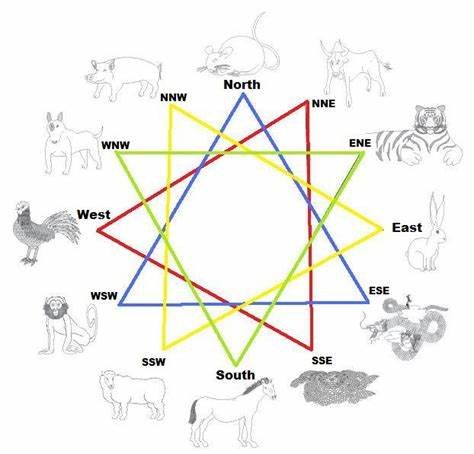
What if luck is less about fate and more about timing you can actually see in the sky? In Chinese tradition, the Year of the Horse harmonizes most naturally with Tiger and Dog, while its “secret friend” is Goat; together they form the quartet many almanacs treat as the year’s most favored. The Fire Horse cycle, last seen in 1966, carries associations of speed, heat, and momentum – metaphors that often translate into themes of travel, mobility, and decisive moves. Scientists would call those metaphors narratives, but narratives matter because they set expectations, and expectations can change behavior at scale. From February 17, 2026, through February 5, 2027, you can expect friends and colleagues to time launches, relocations, or negotiations to moments they feel are auspicious. I grew up watching families rearrange plans around these dates, and even skeptics admitted the ritual made them pause long enough to think – sometimes that pause is the real advantage.
From Ancient Tools to Modern Science
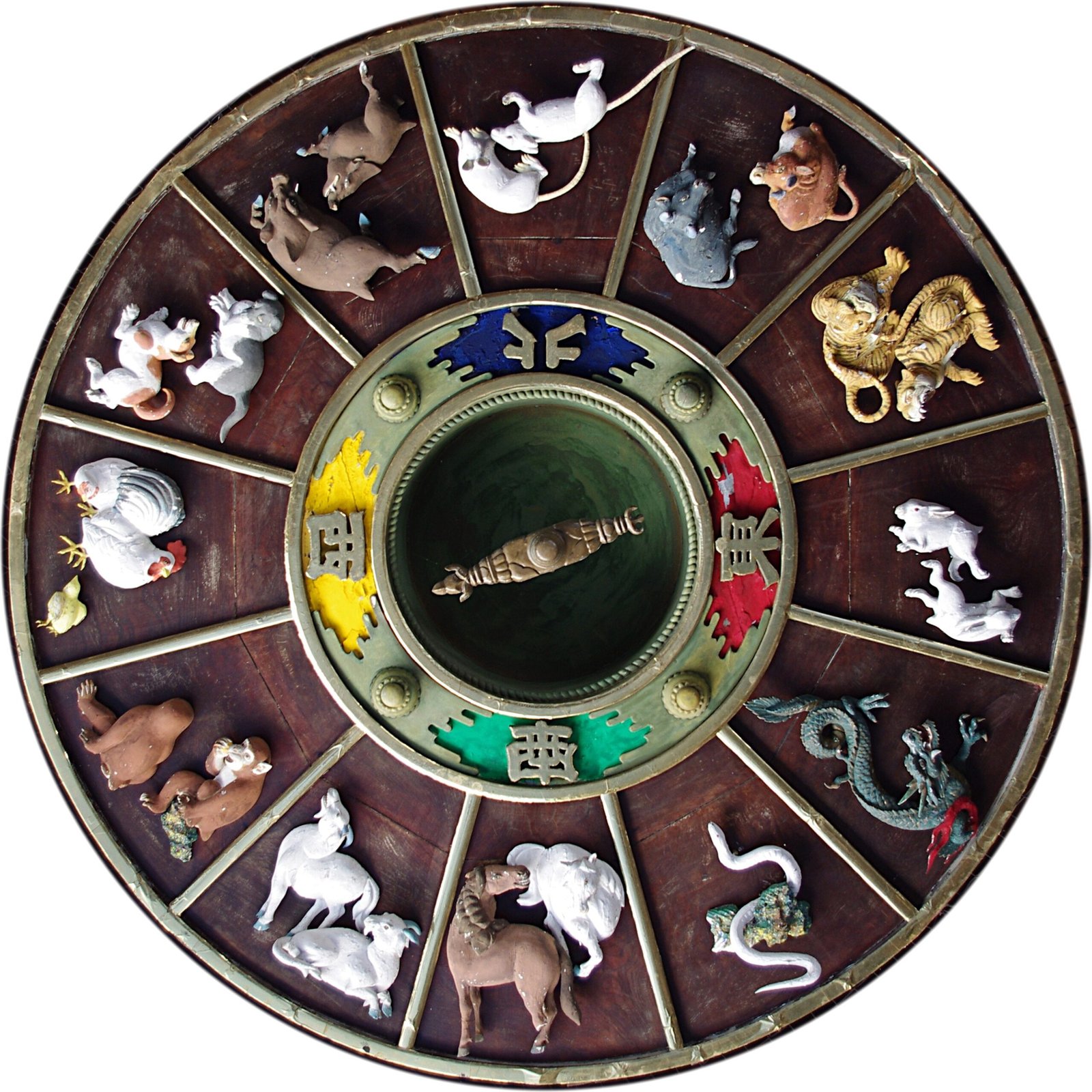
The Chinese zodiac rests on a lunisolar calendar and a 60-year stem–branch cycle that stitches together twelve animals with five elements; it is astronomy-adjacent but not astronomy itself. The calendar’s precision is real – new moons are observable, and intercalary months keep seasons aligned – even if the personality mappings are cultural. Modern researchers study such systems not to endorse divination, but to understand how shared beliefs organize time, decisions, and risk appetite. There is historical resonance too: Jupiter’s roughly twelve-year orbit echoes the zodiac’s animal cycle, which likely helped ancient observers build repeating patterns into civic life. In 2026, the same pattern-making impulse is simply digital; instead of bamboo slips and ink, it’s calendar apps, crypto dashboards, and travel planners. When millions believe a window is lucky, the signal worth studying is not destiny but synchronized behavior.
The Fire Horse Year
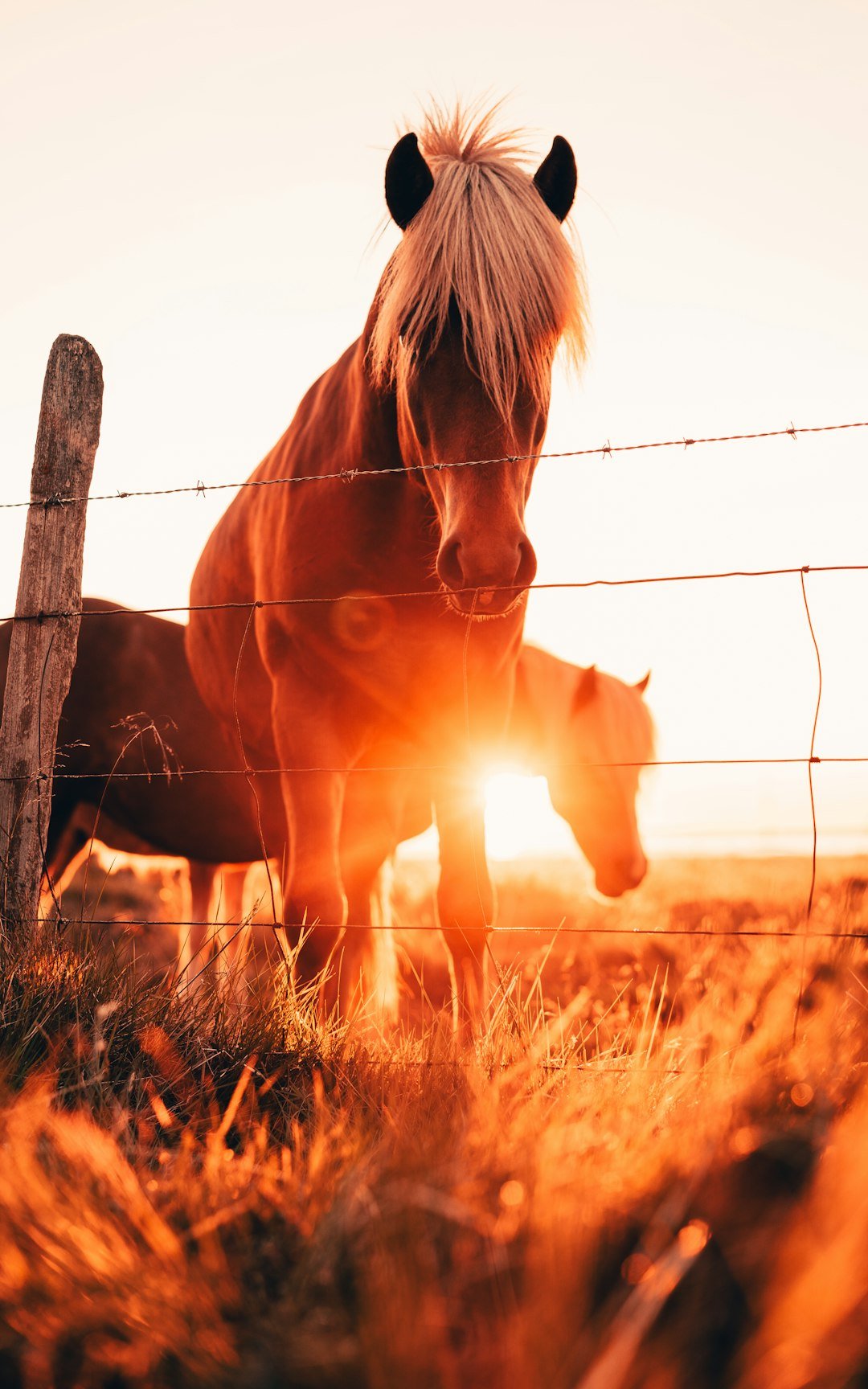
Fire adds a kinetic overlay to the Horse’s already quick tempo, a combination often read as boldness, friction, and rapid transitions. In practical terms, those themes show up as people favoring moves that feel fast – new routes to work, upgraded devices, spontaneous trips, and shorter decision cycles at the office. Public-health teams tracking mobility around holidays routinely see distinct spikes, and 2026’s extended spring travel may lean even more toward weekend bursts and last‑minute bookings. The Horse also symbolizes endurance and open terrain, which is why relocation, outdoor projects, and learning sprints tend to rank high on people’s to‑do lists in Horse years. If your world has felt stuck since 2025, the cultural current in 2026 may push you to test a bolder stride, if only because everyone around you seems to be doing the same. That social momentum, not midnight magic, is where any edge lives.
The Lucky Quartet: Tiger, Dog, Goat, and Horse
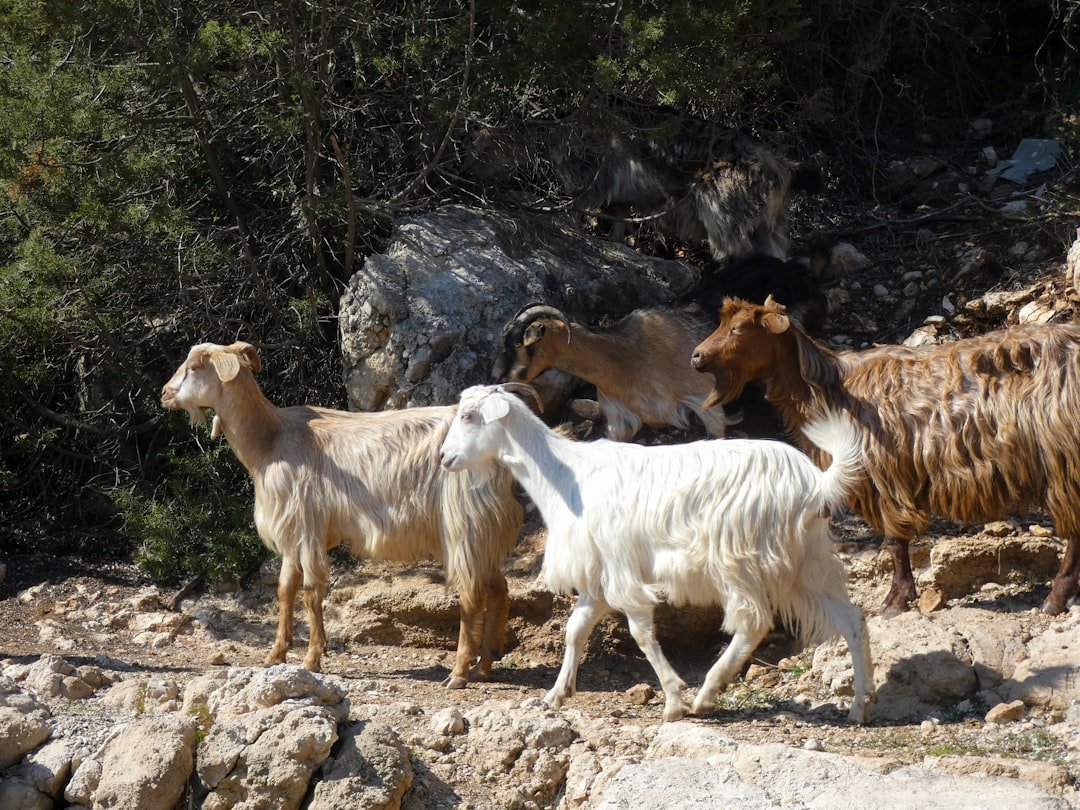
Tiger often gets the greenlight in Horse years: both signs share a trine associated with courage and initiative, so 2026 favors Tigers who channel daring into disciplined plans. Dogs benefit from the same trine but with a steadier tone – clear commitments, community roles, and methodical growth can feel surprisingly frictionless. Goat, the Horse’s secret friend, tends to catch helpful alliances and timely introductions, especially in creative and caregiving fields that thrive on trust. Horse natives themselves may feel at home in 2026, yet the same heat that fuels breakthroughs can also overheat schedules – pacing becomes the skill to master. For readers aligned with these signs, the smartest move is to pair ambition with guardrails: buffers in budgets, rest days on calendars, and early exit clauses in deals. The point is not a guarantee of fortune, but smoother tailwinds when you row in rhythm with a widely shared story.
Signals in the Data
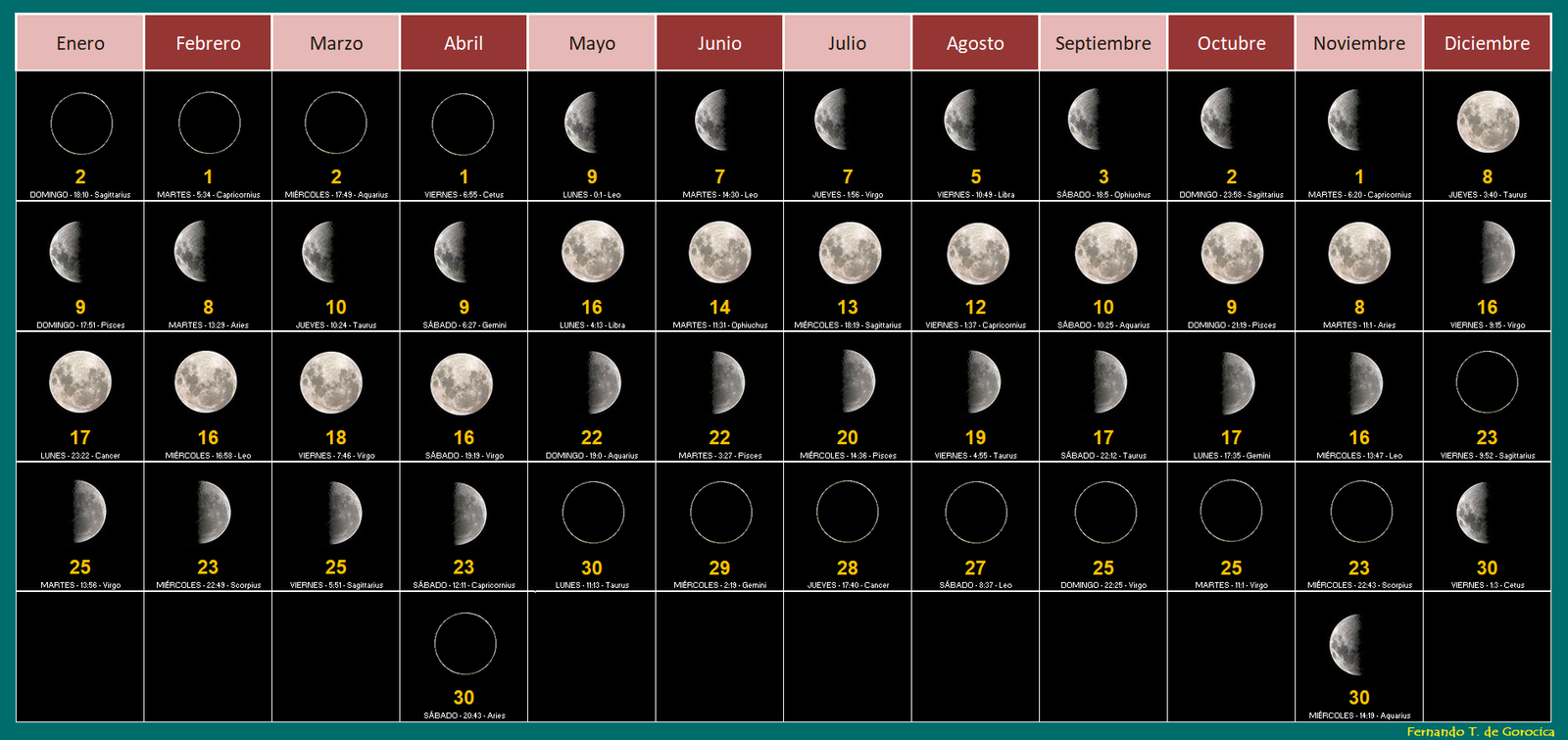
Researchers have long noted that belief-driven calendars leave fingerprints in behavior, from spending patterns around festivals to travel surges woven through school and work schedules. In some East Asian markets, analysts have documented small holiday-related anomalies, not as cosmic proof but as human timing effects amplified by tradition. Public transit and airline data routinely show compressed demand peaks near lunar new year and late-spring festivals, shifting prices and availability in ways you can plan for. Health systems, for their part, sometimes see elective procedures clustered to avoid inauspicious days, a choice that redistributes caseloads more than outcomes. For 2026, the interesting question is whether a Fire Horse narrative nudges more last‑mile deliveries, flexible work experiments, or high‑tempo consumer launches. If you track your own habits by the lunar months, you may find you are part of the pattern you’re trying to predict.
Why It Matters
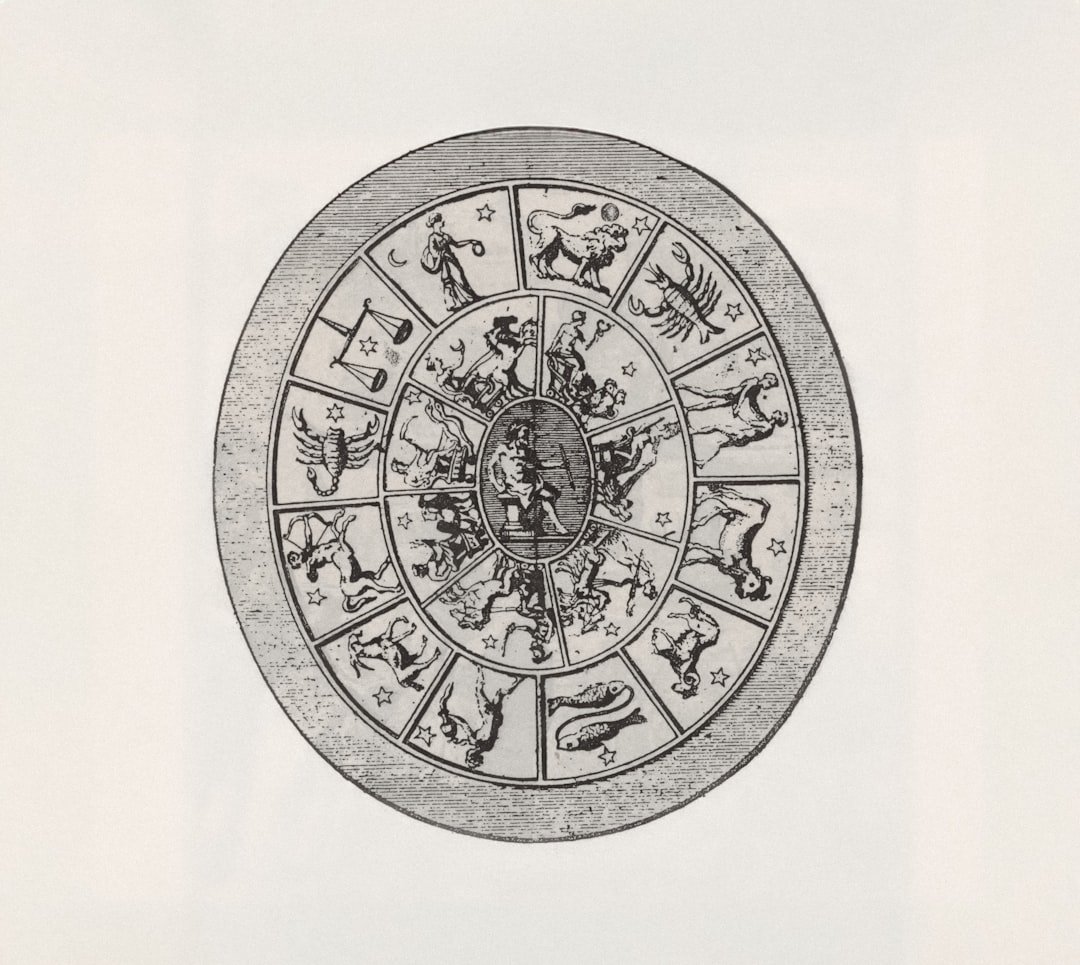
Astrology is not a scientific model that predicts events, yet it is an influential social script that predicts behavior, and that distinction matters for policy, business, and personal planning. Compared with generic horoscopes, the Chinese system’s tight linkage to observable lunar phases makes it useful as a coordination device – people cluster actions around shared dates, creating ripple effects you can measure. Risk researchers care because synchronized optimism or caution can move markets, staffing, and logistics even when fundamentals are steady. For individuals, aligning goals to auspicious windows can serve as a commitment device, the way a marathon date nudges training or a tax deadline focuses paperwork. The luckiest outcome in 2026 may be less about your birth year than about harnessing collective momentum without getting swept into herd mistakes. That is not mysticism; it’s behavioral science tuned to a cultural clock.
The Future Landscape
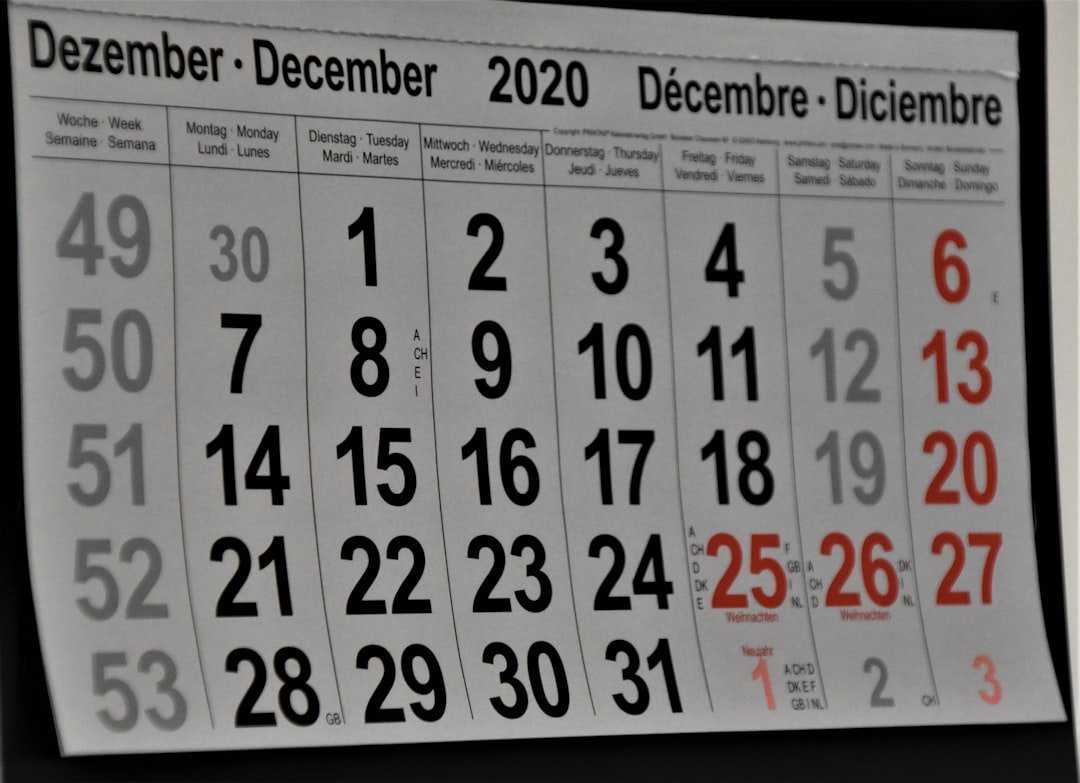
Expect 2026 to accelerate the mash‑up of tradition and technology: lunar calendars integrated into productivity apps, wearables flagging rest cycles around festival travel, and retail algorithms bundling cultural timing with demand forecasts. The challenge is avoiding confirmation bias baked into analytics – if you only look for spikes on auspicious days, you’ll miss the quiet signals that matter more. There’s also an equity dimension, since diasporic communities balance multiple calendars at once; smart cities that bake those patterns into transit, healthcare staffing, and school schedules stand to reduce friction for everyone. On the research front, anonymized mobility and spending data can test which “lucky” periods change real outcomes versus shifting them in time, a distinction crucial for energy grids and supply chains. And as climate variability unsettles seasonal cues, culturally anchored calendars may help communities keep continuity even when weather doesn’t cooperate. The most valuable forecast tool in a Fire Horse year might be humility paired with high‑resolution data.
Conclusion
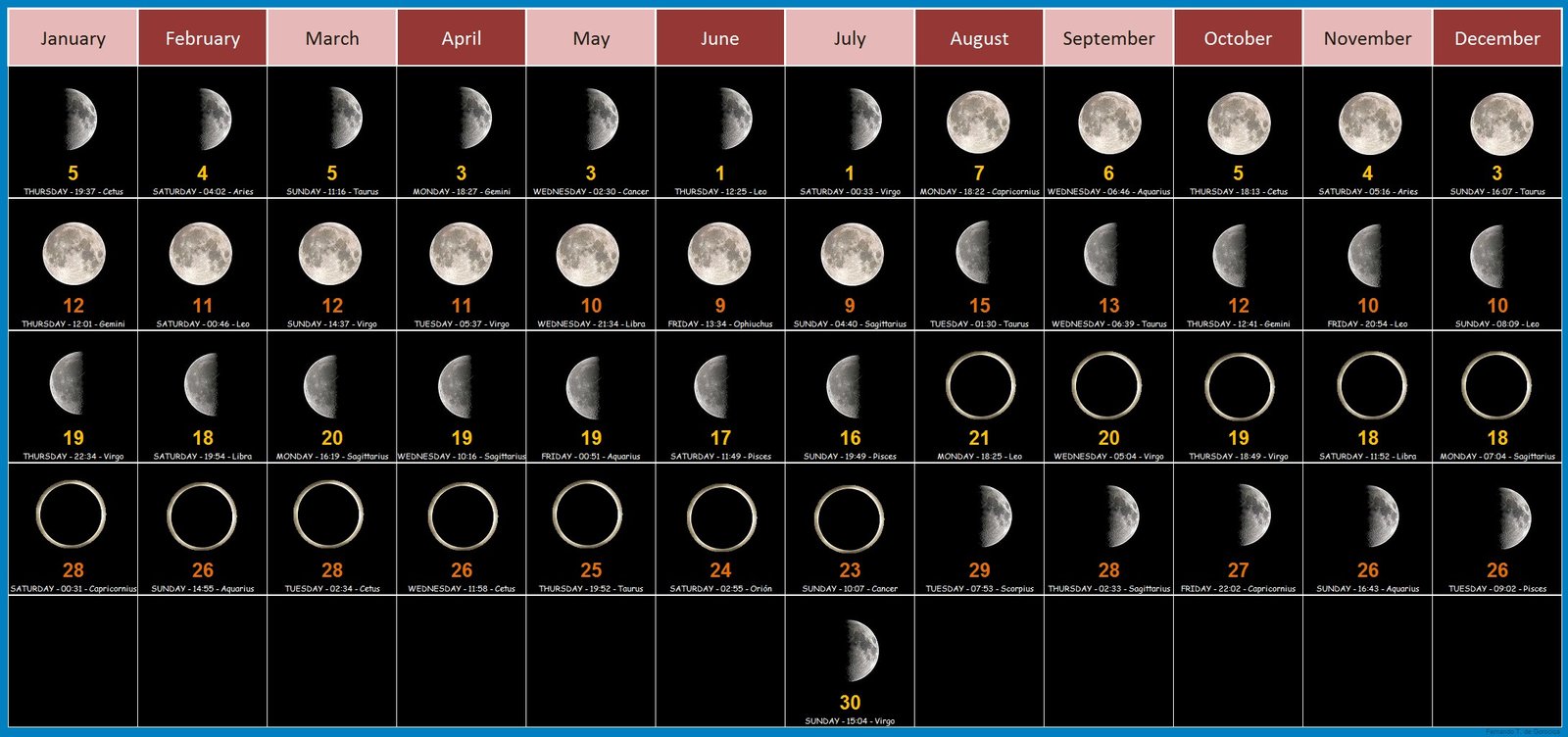
Circle February 17, 2026, on your calendar and decide one habit you’ll adjust for thirty days – not because the stars demand it, but because intentional timing beats drifting. If you’re Tiger, Dog, Goat, or Horse, plan one stretch goal and one safety net, then tell a friend so accountability does the quiet work. If you’re from another sign, treat the year as an experiment: log three choices each month you made because of timing, and three you made despite the crowd. Share transit or work‑schedule feedback with local planners around major holidays; when decision‑makers can see the patterns, services improve. Support museums, libraries, or community centers that preserve lunisolar knowledge while funding researchers who test its real‑world impacts. The tradition is a map – your job in 2026 is deciding which roads to take.

Suhail Ahmed is a passionate digital professional and nature enthusiast with over 8 years of experience in content strategy, SEO, web development, and digital operations. Alongside his freelance journey, Suhail actively contributes to nature and wildlife platforms like Discover Wildlife, where he channels his curiosity for the planet into engaging, educational storytelling.
With a strong background in managing digital ecosystems — from ecommerce stores and WordPress websites to social media and automation — Suhail merges technical precision with creative insight. His content reflects a rare balance: SEO-friendly yet deeply human, data-informed yet emotionally resonant.
Driven by a love for discovery and storytelling, Suhail believes in using digital platforms to amplify causes that matter — especially those protecting Earth’s biodiversity and inspiring sustainable living. Whether he’s managing online projects or crafting wildlife content, his goal remains the same: to inform, inspire, and leave a positive digital footprint.




